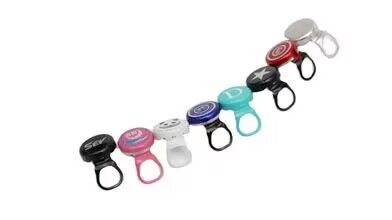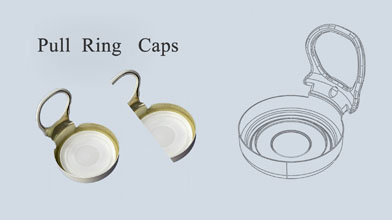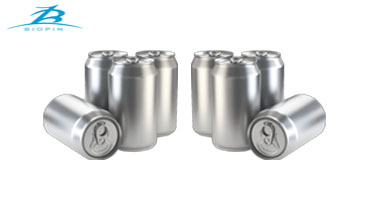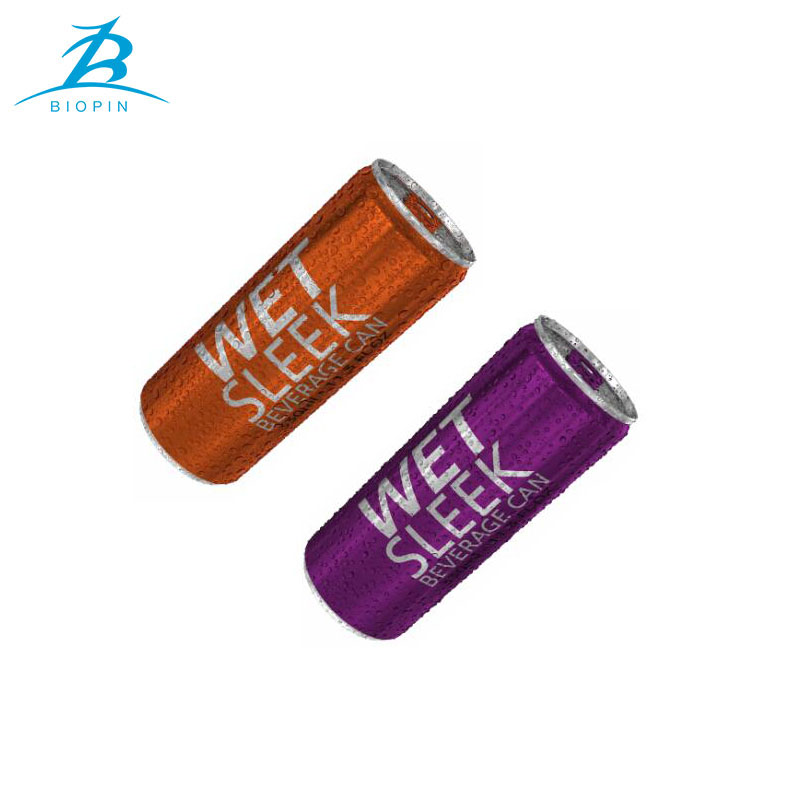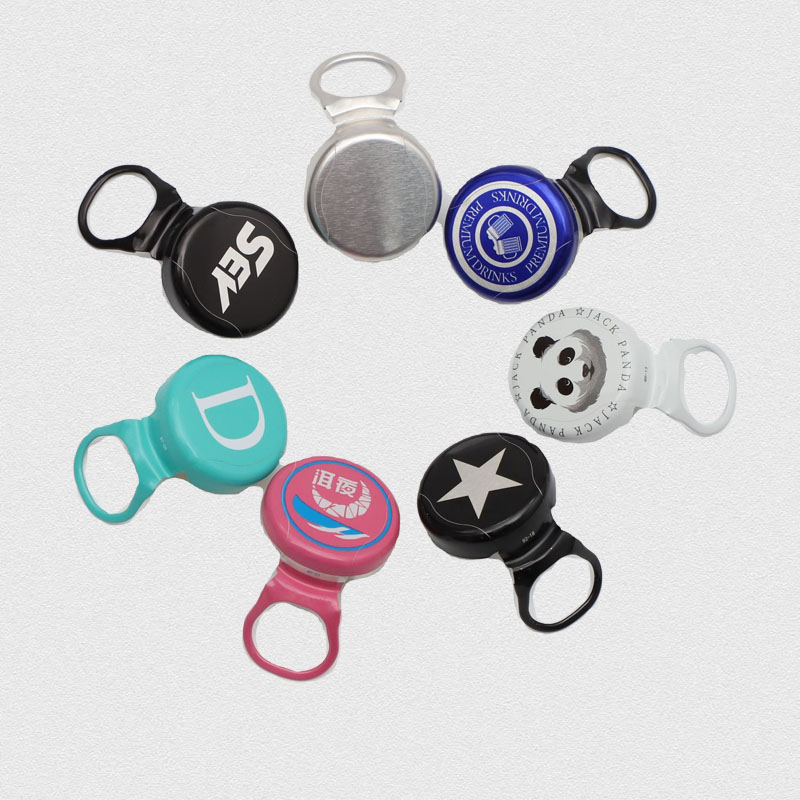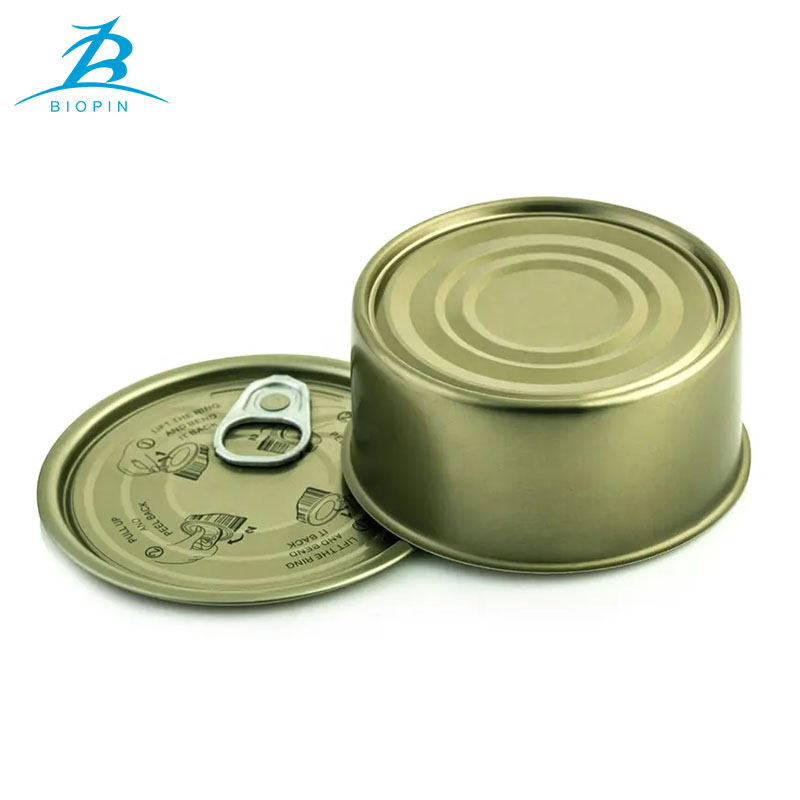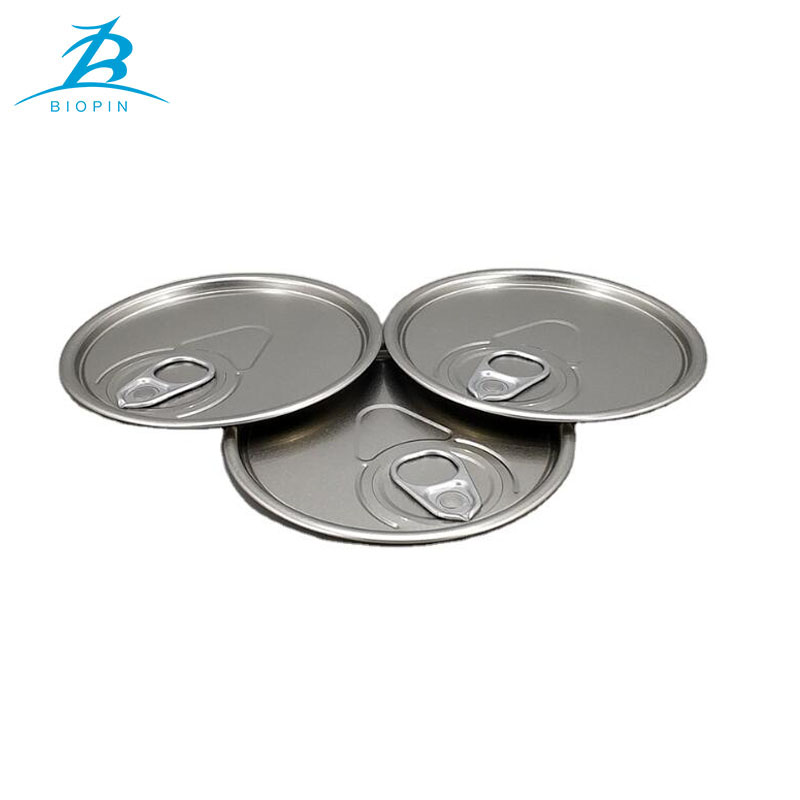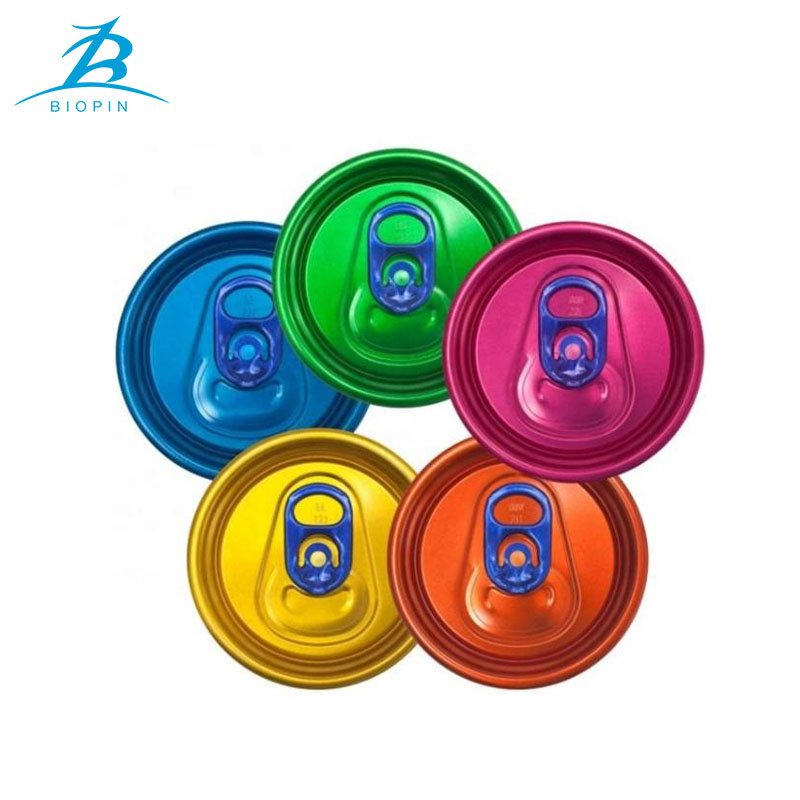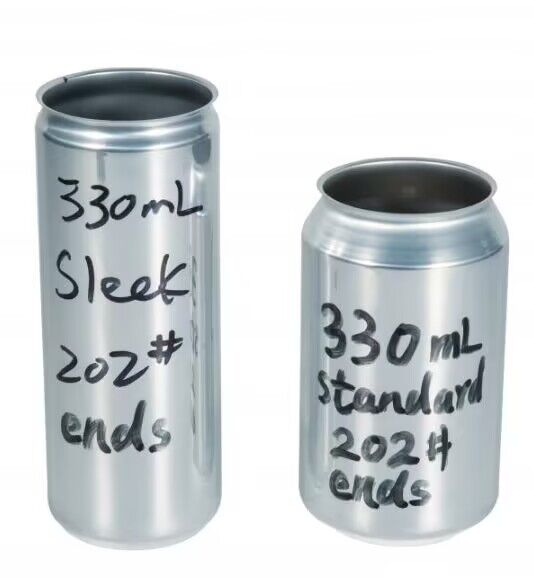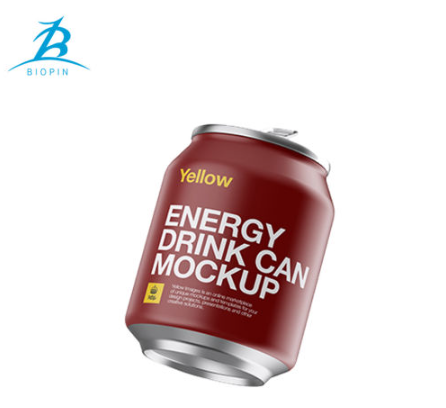Por que as latas de alumínio estão ganhando popularidade na indústria de embalagens?
Jan 30, 2024
Nos últimos anos, latas de alumínio experimentaram um aumento na popularidade na indústria de embalagens. Esta tendência pode ser atribuída a vários factores-chave que tornam as latas de alumínio uma escolha preferida para numerosos produtos, desde bebidas a artigos de higiene pessoal. Nesta postagem do blog, exploraremos as razões por trás da crescente popularidade das latas de alumínio e os benefícios que elas oferecem para consumidores e fabricantes.Leve e portátil:Uma das principais razões para o aumento da popularidade das latas de alumínio é a sua leveza. O alumínio é significativamente mais leve do que materiais de embalagem alternativos, como vidro ou plástico, tornando as latas mais fáceis de manusear, transportar e armazenar. Esta característica é particularmente vantajosa para indústrias como a de bebidas, onde a conveniência e a portabilidade são altamente valorizadas pelos consumidores.Eficiente e Sustentável:As latas de alumínio são conhecidas por sua excepcional capacidade de reciclagem e sustentabilidade. O alumínio é um material altamente reciclável, com quase 75% de todo o alumínio já produzido ainda em uso hoje. A reciclagem de latas de alumínio economiza uma quantidade significativa de energia e recursos em comparação com a produção de novas latas do zero. Além disso, as latas de alumínio são infinitamente recicláveis, o que significa que podem ser recicladas repetidamente sem qualquer perda de qualidade.Proteção e preservação superiores:As latas de alumínio oferecem excelente proteção aos produtos que contêm. Eles oferecem uma barreira contra luz, oxigênio e umidade, salvaguardando o frescor, o sabor e a qualidade dos produtos embalados. Isso torna as latas de alumínio a escolha ideal para bebidas, pois ajudam a prevenir a deterioração e a manter o sabor desejado por um longo período.Oportunidades de branding e design:As latas de alumínio oferecem uma tela versátil para branding e design. A superfície lisa das latas de alumínio permite uma impressão vibrante e de alta resolução, permitindo que as marcas criem gráficos atraentes que se destacam nas prateleiras das lojas. Além disso, as latas de alumínio podem ser personalizadas com diversos acabamentos, relevos ou até mesmo elementos táteis, melhorando o apelo visual geral e o reconhecimento da marca.Preferência do Consumidor:Os consumidores estão cada vez mais gravitando em torno das latas de alumínio devido ao seu valor percebido e aos seus atributos positivos. As latas de alumínio são frequentemente associadas à qualidade premium, durabilidade e uma estética moderna e elegante. Além disso, os consumidores apreciam a conveniência, a facilidade de uso e a capacidade de selar novamente as latas de alumínio, permitindo o consumo em trânsito e minimizando o desperdício.O aumento da popularidade das latas de alumínio na indústria de embalagens pode ser atribuído à sua natureza leve, reciclabilidade, proteção superior do produto, oportunidades de marca e preferências do consumidor. Como a sustentabilidade e a conveniência continuam a ser considerações fundamentais tanto para os fabricantes como para os consumidores, as latas de alumínio surgiram como uma escolha preferida para embalar vários produtos. Com as suas inúmeras vantagens, as latas de alumínio provavelmente manterão a sua trajetória ascendente na indústria de embalagens nos próximos anos.


